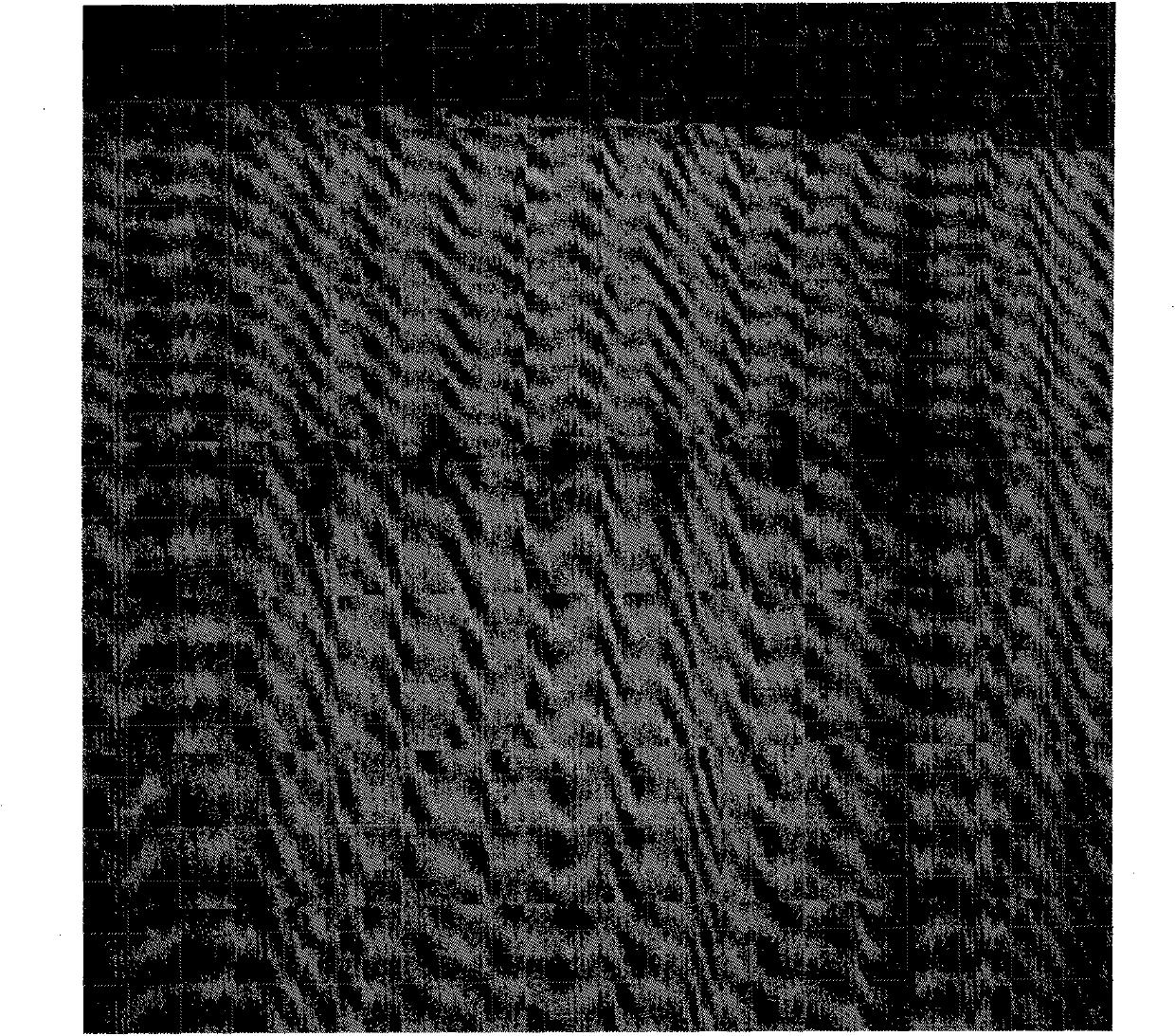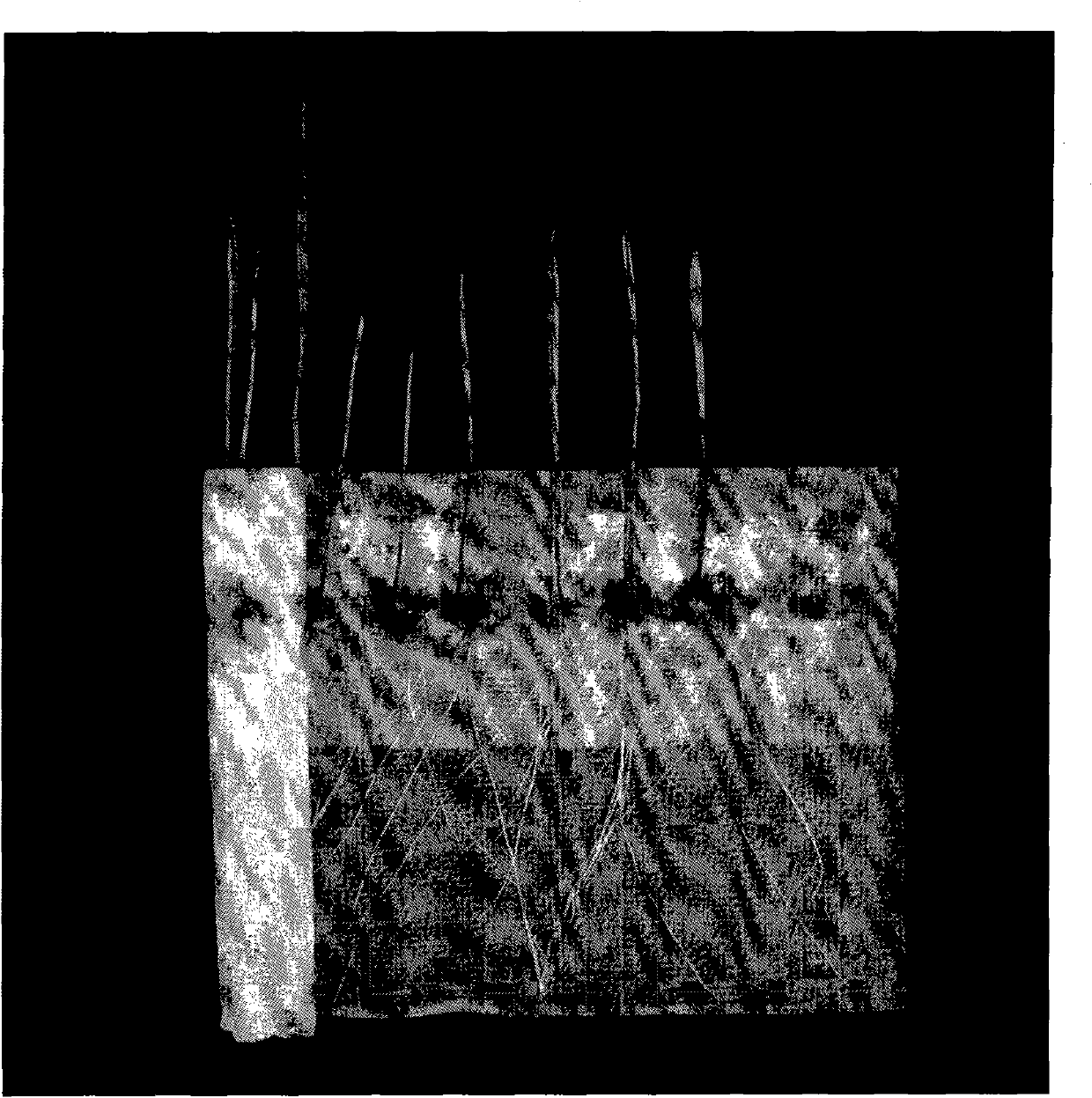Fusarium graminearum caused rootstock rot seedling-stage resistance identification method
A technology for identifying the resistance of Fusarium graminearum, which is applied in the field of plant protection, can solve problems such as heavy workload, long identification time, and insufficient pathogenesis, and achieve the effects of reducing workload, shortening the test period, and achieving high coincidence
- Summary
- Abstract
- Description
- Claims
- Application Information
AI Technical Summary
Problems solved by technology
Method used
Image
Examples
Embodiment 1
[0027] Identified varieties: 17 wheat varieties or strains imported from Australia are selected. Their field resistance to root neck rot caused by Fusarium graminearum is known. The data on disease resistance come from Queensland, Australia State 2007, 2008 and 2009 Wheat Variety Introductions (http: / / www.dpi.qld.gov.au / 265121.htm), and literature Mitter et al., PlantPathology, 2006, 55: 433-441; Li et al., Journal of Phytopathology, 2008, 156(11-12): 751-754.
[0028] Identification process:
[0029] The obtaining method of Fusarium graminearum suspension: Fusarium graminearum is F15, provided by Plant Protection Institute of Jiangsu Academy of Agricultural Sciences [F15 of Fusarium graminearum has been published in literature (Ren Lijuan etc., wheat sheath blight resistance and Study on QTL mapping of head blight, Journal of Wheat Crops, 2007, 27(3): 416-420)]. The Fusarium graminearum strain F15 is activated and cultivated on a 1 / 4 strength PDA solid medium on a clean ben...
Embodiment 2
[0039] Using the identification steps in Example 1, 41 unknown wheat varieties or lines were selected. In order to facilitate the distinction of the 41 wheat varieties or lines, the identification numbers were sequentially defined as JS-1 to JS-41.
[0040] In order to test the repeatability of the method, 41 wheat cultivars or lines were designed for 2 independent identifications at different times, each identification included 3 repetitions, and each identification result was based on the average value of 3 repetitions. The average disease index and resistance evaluation of the 2 tests are listed in Table 2. The correlation analysis of the 2 test results shows that the correlation coefficient of the two disease indexes is 0.91, which shows that the repeatability of this seedling resistance identification method is relatively high. high.
[0041] Table 241 Wheat Varieties or Lines 2 Test Seedling Stage Resistance Inoculation Identification Results
[0042]
PUM
 Login to View More
Login to View More Abstract
Description
Claims
Application Information
 Login to View More
Login to View More - R&D
- Intellectual Property
- Life Sciences
- Materials
- Tech Scout
- Unparalleled Data Quality
- Higher Quality Content
- 60% Fewer Hallucinations
Browse by: Latest US Patents, China's latest patents, Technical Efficacy Thesaurus, Application Domain, Technology Topic, Popular Technical Reports.
© 2025 PatSnap. All rights reserved.Legal|Privacy policy|Modern Slavery Act Transparency Statement|Sitemap|About US| Contact US: help@patsnap.com



